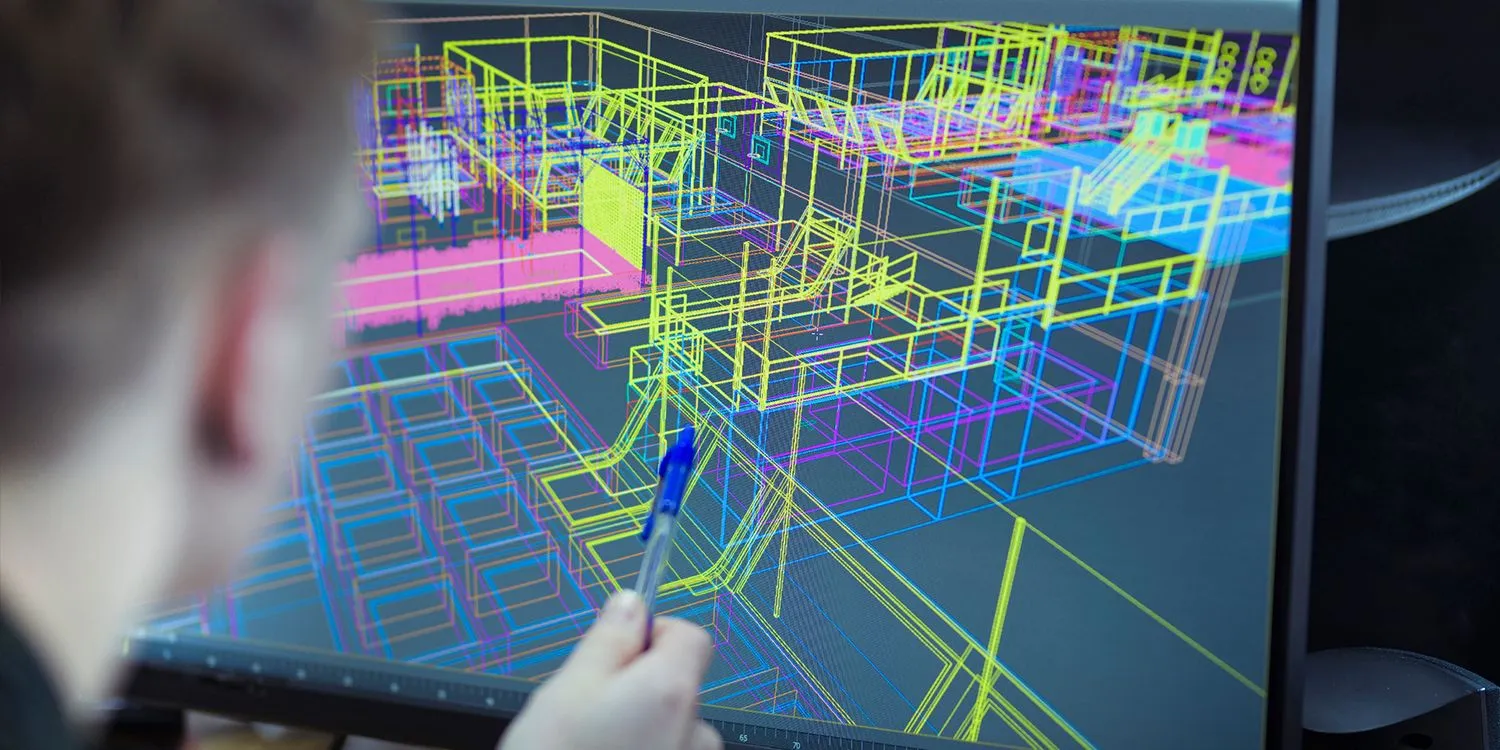
3D Modelling
Overview
By acquiring a 3D modelling degree, you will gain expertise in creating three-dimensional digital models. You can provide your services in various industries, such as video games, animation, product design, and more. It will give you sound knowledge in geometry, topology, UV mapping, and more. A 3D model will represent a physical body with the collaboration of 3D space, geometric entitlements, and more.
Objectives
- Master 3D modelling techniques
- Deep knowledge of geometry and topology
- Develop Texturing and Shading Skills
- Portfolio and Professional Development
- Prepare for world-leading industry
- Collaborate and work in teams
Prerequisites
- A high school diploma or equivalent
- May require a portfolio
- Basic computer and software skills
- English language proficiency
Curriculum Outline
- Introduction to 3D Modelling, Drawing, and Design Fundamentals
- 3D Asset Creation
- Digital Sculpting
- Texturing and Shading
- Lighting and Rendering
- Rigging and Animation
- Procedural modelling
- Simulation and Dynamics
- Game Art and Design
- Visual Effects (VFX)
- Architectural Visualisation
- Product Design
- Portfolio Development
- Industry Software Training
- Internships and Practical Experience
- Final Project
- Advanced Texturing Techniques
- Virtual Reality (VR) and Augmented Reality (AR)
- Animation Techniques
- Career Preparation
- Networking Opportunities
- Innovation Projects
- Research Methods
Teaching Method
- Lectures and Seminars
- Hands-on workshops
- Individual/Team Projects
- Studio-Based Learning
- Internships and Industry Experience
- Workshops and masterclasses
Modules
- Polygonal Modelling
- NURBS and Splines
- Digital Sculpting
- UV Mapping
- Texture Painting
- Shading and Materials
- Lighting Techniques
- Rendering Fundamentals
- Advanced Rendering
- Rigging Basics
- Character Animation
- Visual Effects (VFX)
- Procedural modelling
Assessment Methods
- Written Assignments
- Practical Examinations
- Individual/Group Projects
- Portfolios and Showreels
- Skill-Based Workshops
Course Duration
It typically takes 3 years to complete if studying full time, but some programmes offer 4 years where an extra year is comprised due to a year-long industrial placement or study abroad. It can take 4–6 years if studied part-time.
Facilities
- Computer Labs and Workstations
- 3D modelling studios
- Virtual Reality (VR) and Augmented Reality (AR) Labs
- Printing and prototyping labs
- Animation and Motion Capture Facilities
- Lighting and rendering facilities
- Media and Asset Libraries
- Collaborative spaces
- Career and Professional Development Centres
- Workshops and Training Facilities
Career Pathways
- 3D Modeller
- Character Artist
- Texture Artist
- VFX Artist
- Animator
- Game Artist
- Product Designer
- 3D Printing Specialist
- Digital Sculptor
Fees and Fundings
The fees may vary by country and institution, but the fee range lies between £15,000 and £25,000 a year, and in some specific institutions, it can rise to £30,000. Universities provide numerous types of scholarships to convey your tuition fees.
Entry Requirements
- A level or equivalent qualification
- Portfolio Submission
- English Language Proficiency
- Personal Statement
Field Work and Internships
This degree will provide the doorway to many prestigious opportunities that will shape your future career. Fieldwork and internships remain an integral part of this degree. Such activities include:
- Industry Collaboration Projects
- Research and Development
- Summer Internships
- Part-Time Internships
- Networking Events
- Capstone Projects
- Mentorship
Certifications
Although a 3D modelling degree is in high demand, other related certifications will definitely amplify your credentials and showcase your expertise in particular software. Such certifications include:
- Autodesk Certified User (ACU)
- Autodesk Certified Professional (ACP)
- Autodesk Certified Specialist (ACS)
- Adobe Certified Professional
- NVIDIA Certified Professional
Intakes
Typically, in the UK, the primary intake happens in September/October, but you can also aim for the January/February intake.
Student Testimony
Jumanji
This was my first major motion picture film credit and I feel privileged to have been given the chance to work with such a great bunch of people on a truly incredible first project. I was responsible for modelling and texturing a number of assets throughout the film, including the transportation shed (0:08–0:16), Bravestone’s branch, set dressing and shot modelling for a number of sequences. Working with a team of incredible artists and well-natured people has made this experience truly unforgettable. [Stephen Clark from CG Spectrum]
Frequently asked questions
3D modelling is the process of creating 3D objects using specialised software.